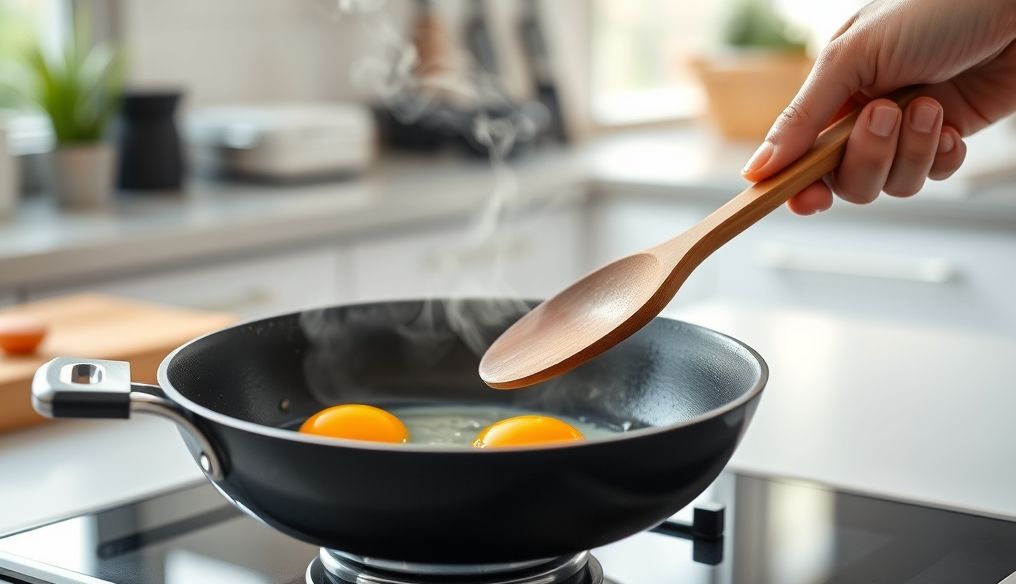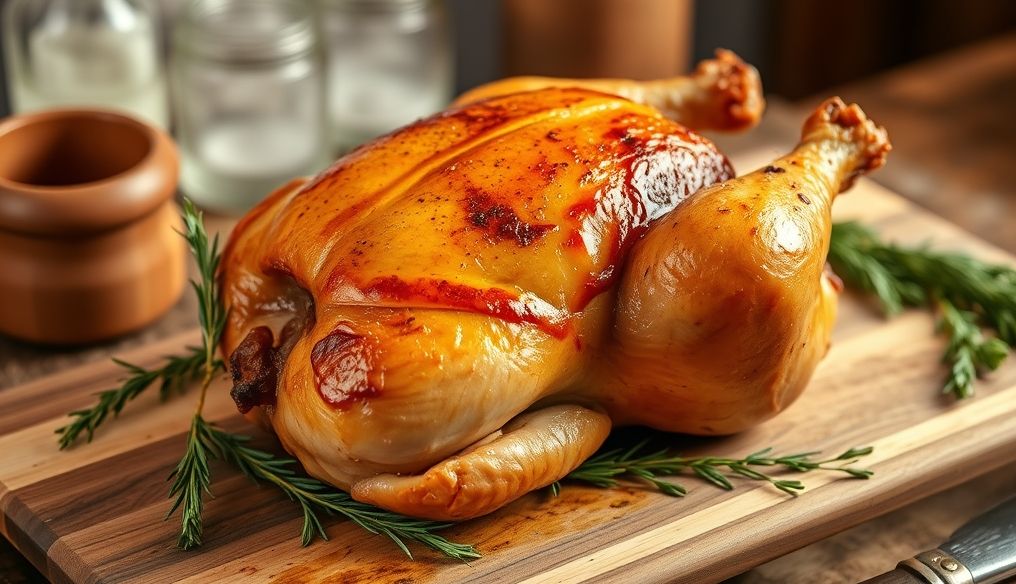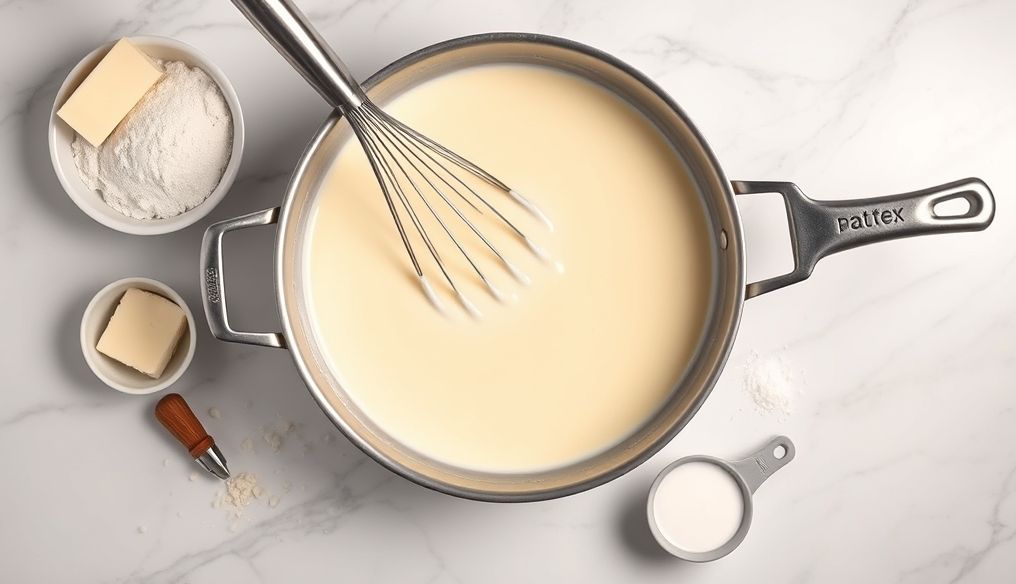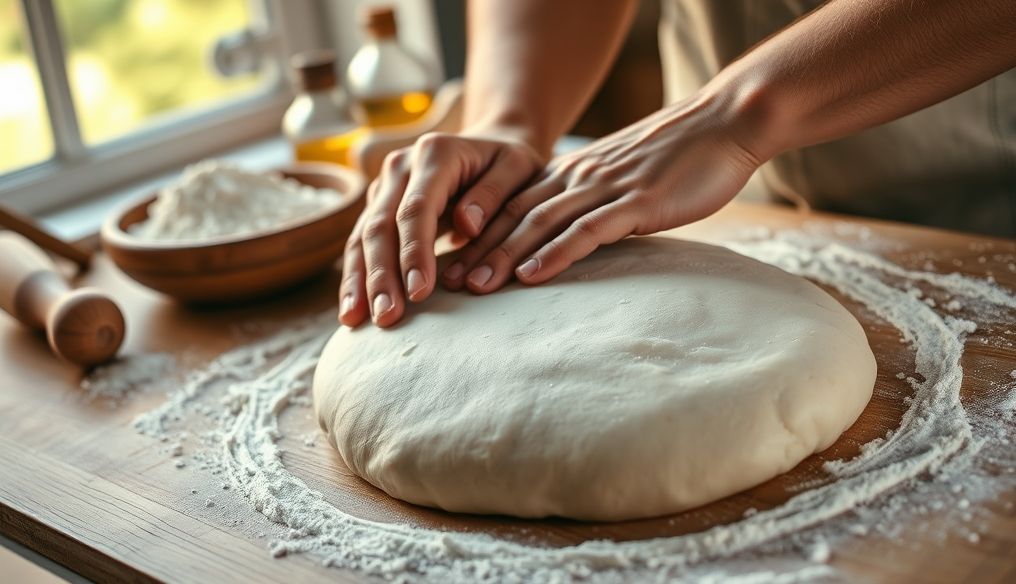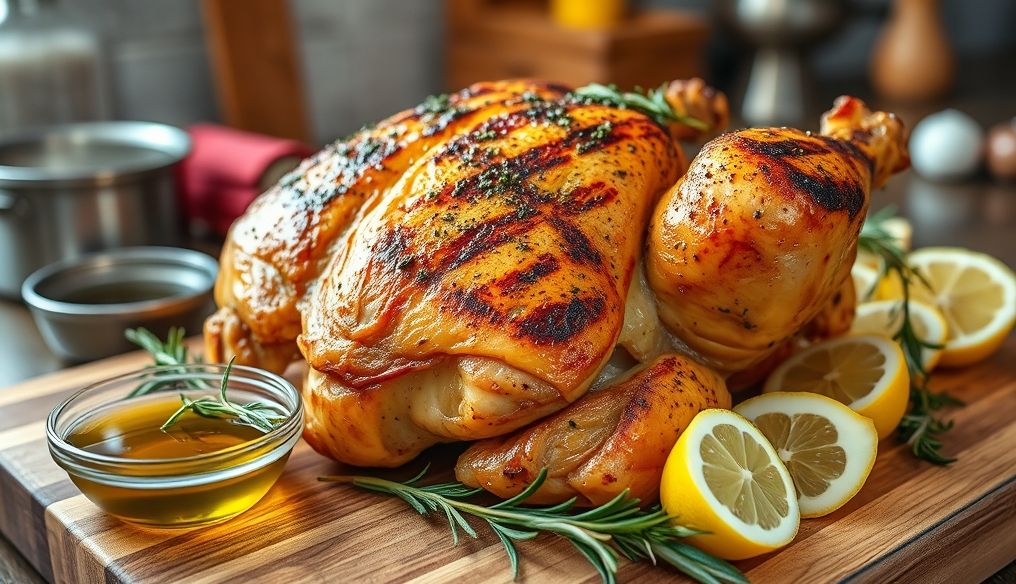Are Non-Stick Cookware Really Safe for Our Health?
Non-stick cookware has become an essential part of our modern kitchens, thanks to its ease of use and cleaning. However, with increasing concerns about the chemicals used in its manufacture, the question arises: is it really safe for our health? This article will address this topic in detail, reviewing the history of these pans, the ingredients used, potential risks, healthy alternatives, and tips for safe use.
1. History of Non-Stick Cookware
The history of non-stick cookware began in the 1930s when chemist Roy Plunkett accidentally discovered polytetrafluoroethylene (PTFE), later known as Teflon. DuPont quickly recognized the potential of this material for commercial uses, and in 1954, the first non-stick frying pan was introduced to the market.
Subsequent Developments:
- Initially, non-stick cookware contained perfluorooctanoic acid (PFOA), which was used in the PTFE manufacturing process.
- Later, health concerns were raised about PFOA, prompting manufacturers to phase out its use.
- Today, most non-stick cookware is made from PTFE but without PFOA.
2. What is Non-Stick Cookware and How Does It Work?
Non-stick cookware is cookware coated with a material that prevents food from sticking to its surface. This coating is usually made of PTFE, a synthetic polymer with unique properties:
- Heat Resistance: Can withstand high temperatures without decomposing.
- Water and Oil Resistance: Prevents water and oils from sticking to the surface.
- Low Coefficient of Friction: Makes the surface very slippery, preventing food from sticking.
3. Potential Health Risks of Non-Stick Cookware
Despite its benefits, non-stick cookware has been associated with some potential health risks, especially when used improperly or when damaged:
3.1. Emissions of Toxic Gases
When non-stick cookware is heated to very high temperatures (over 260 degrees Celsius or 500 degrees Fahrenheit), the PTFE coating can begin to decompose and release toxic gases, including hydrofluoric acid. Inhaling these gases can cause a condition called "polymer fume fever," which has flu-like symptoms.
3.2. Perfluorooctanoic Acid (PFOA) Contamination
Although most manufacturers have abandoned the use of PFOA in the manufacture of non-stick cookware, it can still be found in trace amounts in some older products or products manufactured by less regulated companies. PFOA is a persistent chemical that can accumulate in the environment and in the human body, and has been linked to several health problems, including:
- Kidney and testicular cancer
- Thyroid disease
- High cholesterol
- Birth defects
3.3. Ingestion of PTFE Particles
When the PTFE coating in non-stick cookware is damaged, it can begin to peel and flake into food. Although PTFE is considered non-toxic when ingested, some studies suggest that long-term exposure to PTFE particles may have unknown health effects.
4. Scientific Studies on the Safety of Non-Stick Cookware
Many scientific studies have been conducted to assess the safety of non-stick cookware. Overall, these studies suggest that non-stick cookware made from PTFE without PFOA is safe to use as long as it is used properly and not heated to very high temperatures.
Examples of Studies:
- A study published in the journal "Food and Chemical Toxicology" in 2011 found that oral exposure to PTFE did not cause any adverse effects in mice.
- Another study published in the journal "Environmental Health Perspectives" in 2010 found that blood PFOA levels decreased significantly after the phase-out of its use in the manufacture of non-stick cookware.
5. Healthy Alternatives to Non-Stick Cookware
If you are concerned about the potential risks of non-stick cookware, there are many healthy alternatives available:
- Stainless Steel Cookware: Durable, safe, and easy to clean.
- Cast Iron Cookware: Retains heat well and adds a distinctive flavor to food.
- Ceramic Cookware: Non-stick, safe, and free of PFOA and PTFE.
- Glass Cookware: Safe, non-reactive, and does not interact with food.
6. Tips for Safe Use of Non-Stick Cookware
If you choose to use non-stick cookware, here are some tips to minimize potential risks:
- Do Not Preheat Empty Pans: Avoid heating empty pans over high heat, as this can cause the PTFE coating to break down.
- Use Low to Medium Heat: Avoid using very high heat, as this increases the risk of toxic gas emissions.
- Use Non-Metal Cooking Utensils: Use cooking utensils made of wood, silicone, or nylon to avoid scratching the PTFE coating.
- Do Not Use Abrasive Cleaners: Clean the pans with warm water and mild soap using a soft sponge.
- Replace Damaged Pans: Replace pans that show signs of damage or peeling.
- Ventilate the Kitchen: Make sure to ventilate the kitchen well while cooking to reduce exposure to potential gases.
7. How to Choose Safe Non-Stick Cookware
When buying non-stick cookware, look for products labeled "PFOA-free" or "without PFOA". Also, make sure the product is made of high-quality materials and by a reputable company.
8. Conclusion: Is Non-Stick Cookware Safe?
In general, non-stick cookware made from PTFE without PFOA can be considered safe to use as long as it is used properly and not heated to very high temperatures. However, if you are concerned about the potential risks, there are many healthy alternatives available that you can use.
Disclaimer: This article is for informational purposes only and should not be considered a substitute for professional medical advice. Consult your doctor or a nutritionist before making any health decisions.
